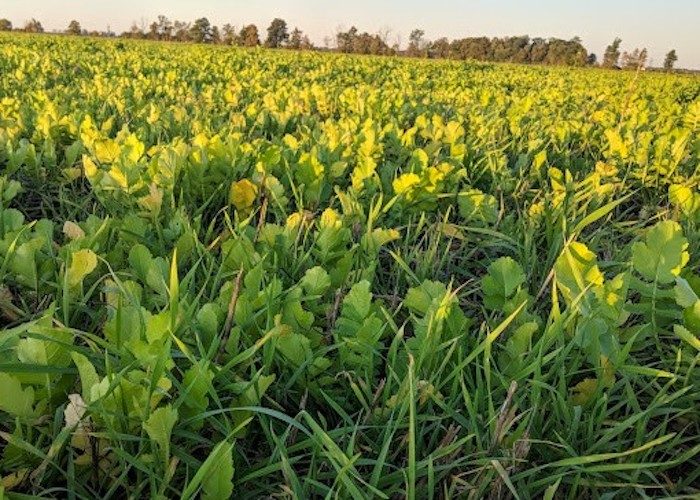Cover crops can be a valuable tool for weed suppression—successfully competing with weeds for light, water, nutrients and space. As a result, new cover crop seed mixes are growing in popularity as a sustainable option for weed management. But do these diverse mixtures do a better job at suppressing weeds than a single, monoculture cover crop?
In this multiyear field study featured in the journal Weed Science, a team from Agriculture and Agri-Food Canada set out to answer that question. They compared 19 monoculture cover crops from four taxonomic groups (brassica, forb, grass, and legume), with 19 mixtures containing multiple plants that represented from one to three cover crop species.
Their results demonstrated that weed biomass dramatically declined as cover crop biomass and diversity increased. However, monocultures of buckwheat, oat, pearl millet or sorghum sudangrass were typically more productive and more weed suppressive than the average mixture. This result was consistent across regions, seasons, mixture composition and functional diversity.
"If weed suppression is the primary goal, consistent evidence suggests that a single, high-performing cover crop may be the most effective option," says Andrew G McKenzie-Gopsill, Ph.D., a research scientist with Agriculture and Agri-Food Canada.





Post a comment
Report Abusive Comment